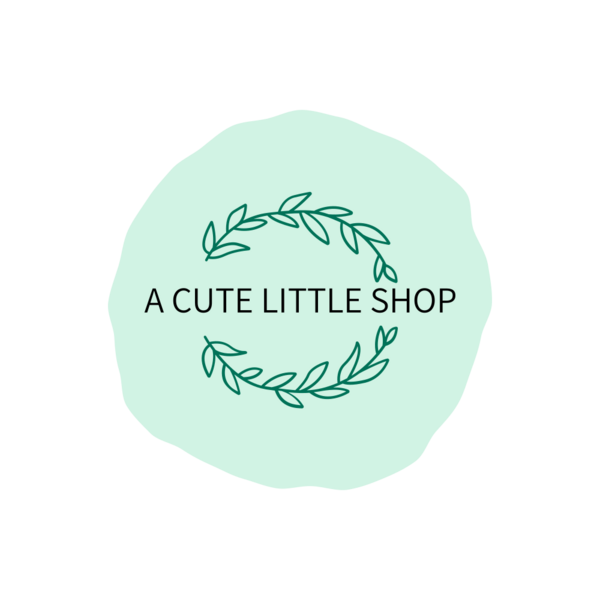
Choosing Eco-Friendly Yarns
Disclaimer: this page contains affiliate links. I may receive a commission from purchases made through those links.
One of the first steps of being a sustainable crafter is choosing eco-friendly materials and I’ve made a guide for you to use when selecting your next yarn!
First, check the label for any certifications like GOTS or GRS. If they do then it’s an eco-friendly yarn! One GOTS certified yarn I like to use is BC Garn’s Bio Balance. It’s a beautiful and soft sport weight yarn made of 50% organic wool and 50% organic cotton. If Bio Balance doesn’t work for your project there are other GOTS certified yarns from BC Garn as well.
If the yarn you want doesn’t have any GOTS or GRS certification, check the fiber content. Organic yarns are the next best option as you know there weren’t any pesticides involved in the production process. Whether it’s wool, cotton or linen, if the company labels it organic then it’s an eco-friendly fiber.
Not organic? Check for recycled content. Giving new life to old fibers is always an eco-friendly option!
If it’s not organic or recycled, check for 100% natural fibers. Natural fibers are much more eco-friendly than any synthetic yarn you’ll find.
Which natural fibers are best? Wool and Linen are more sustainable than non-organic cotton.
Finally, check if it’s superwash or not. The process to make a yarn superwash is NOT eco-friendly and is actually quite harmful to the environment. Some yarn companies do use an eco-friendly process to make their yarn machine-washable but they will state upfront on the label or website description if they used the standard superwash process or if they used the eco-friendly process. These yarn companies will generally use the term “machine-washable” rather than “superwash” so as to differentiate between the two.
I hope this was helpful! I tried as much as possible to include a range of fibers as I know yarn stores carry vastly different brands and types of yarn.